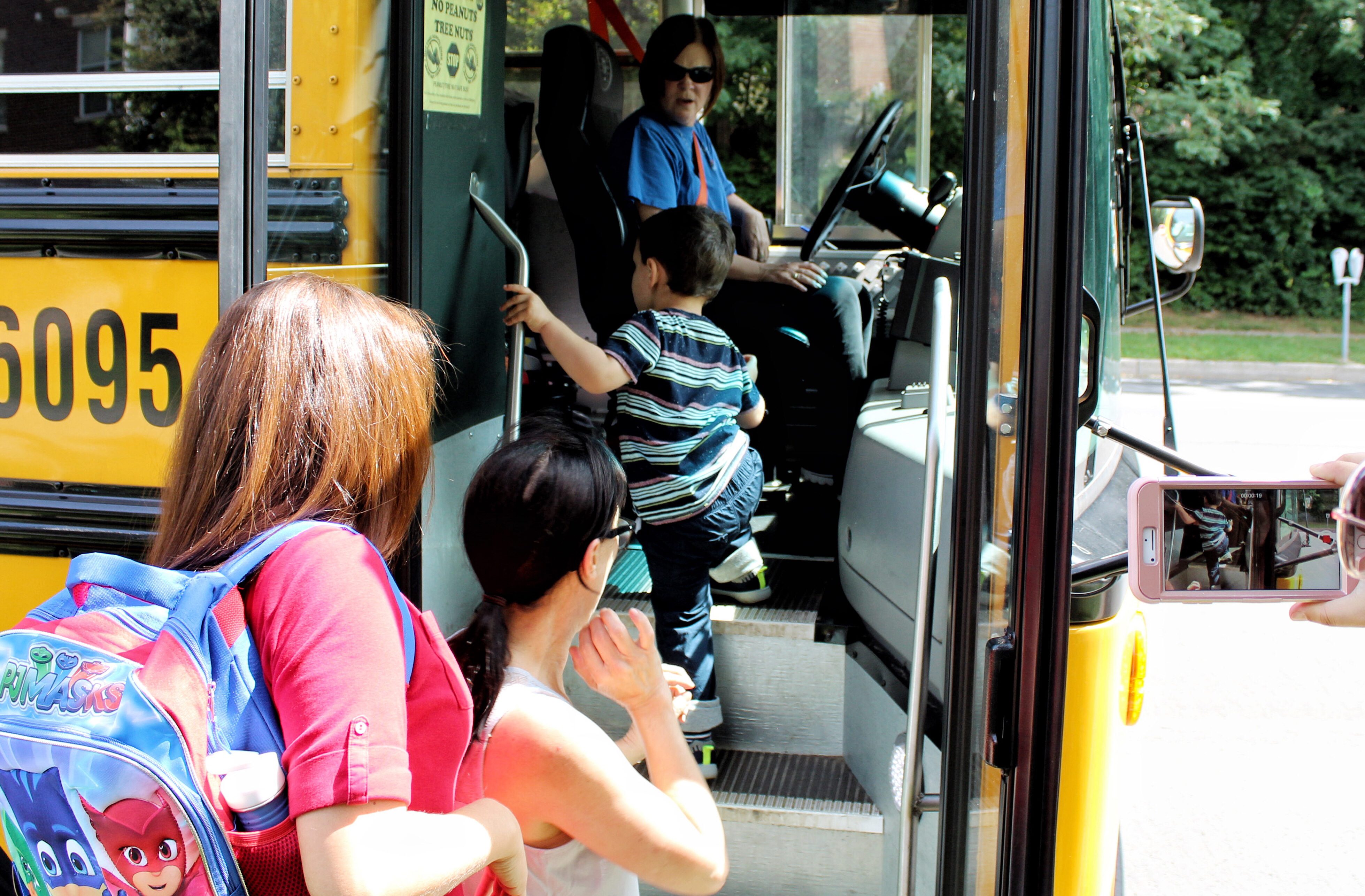(excerpted from Teaching Children Self-Discipline, an e-book)
A common misunderstanding crops up in most discussions about discipline. It centers on the notion of limits. All parents and teachers recognize the necessity of kids growing up with certain limits, yet few understand that it makes a difference how these limits are established-again, the issue of what means are employed.
Defining Terms and Clarifying Meanings
Dare-to-discipline proponents assert with confident conviction: “Kids need limits and kids  want limits.” But this is a dangerous half-truth. It is necessary that kids feel there are limits on their behaviors, for the sake of others mostly. But what a world of difference there is between the way youngsters react to limits imposed by an adult and the way they react to limits they have a voice in determining! You’ll see this clearly in a later chapter when I show how parents and teachers can use the potent “principle of participation” to get kids involved, in mutual problem-solving that yields agreements, contracts, rules, and limits that really stick. I think you’ll be convinced that kids are much more motivated to keep commitments when adults give them a voice in setting limits on their own behavior.
want limits.” But this is a dangerous half-truth. It is necessary that kids feel there are limits on their behaviors, for the sake of others mostly. But what a world of difference there is between the way youngsters react to limits imposed by an adult and the way they react to limits they have a voice in determining! You’ll see this clearly in a later chapter when I show how parents and teachers can use the potent “principle of participation” to get kids involved, in mutual problem-solving that yields agreements, contracts, rules, and limits that really stick. I think you’ll be convinced that kids are much more motivated to keep commitments when adults give them a voice in setting limits on their own behavior.
All families and classrooms need specific rules and clearly understood policies. Given the opportunity, children are quite capable of participating with their parents or teachers to set rules and policies that will govern their behavior. Classrooms and families can govern themselves effectively without adult supremacy, without someone being the boss, the rule maker. You can forget the dire warning of all those dare-to-discipline books that without rules set by adult authority there will be anarchy, chaos, and confusion. It isn’t true. In fact, when children are given the opportunity to participate in setting rules, families often discover they have more rules than before and everyone sticks to them. The critical question then, is not whether limits and rules are needed in families and schools, but rather who sets them: the adults alone or the adults and kids-together.

